Music photography might seem all glamour and backstage antics, but it’s hard work and technically demanding, encompassing portrait and action skills and much more. Jill Furmanovsky, the worthy winner of our Lifetime Achievement Award, looks back on the lessons learned in a 50-year career
Imagine you are 21 in 1974, still a relative newcomer to gig photography, and you get asked to cover a major tour by a much talked-about British band. Scary, right, particularly as there were no digital cameras back then, or even autofocus. Oh, and that band is Pink Floyd, and they’re touring to promote Dark Side of the Moon, the album that propelled them into the stratosphere.
A lot of young photographers would have freaked out and flufffed it, but not top music photographer, Jill Furmanovsky. Jill took the job in her stride, earned the respect of Pink Floyd, and went to become one of the best-known photographers in the music business.
Read her fascinating story below (all images credit: Jill Furmanovsky unless otherwise stated).

The Furmanovsky factor
Unassuming, friendly and totally devoid of ego, it’s not hard to see how Jill would get on with just about anybody, but being nice is not enough to stay afloat in the shark-infested waters of show business, then or now.
Jill’s lasted the course by being a very creative photographer and somebody who, as the Pink Floyd story shows, can master essential new skills quickly. She is a very worthy winner of this year’s Lifetime Achievement Award.
‘My dad was an architect in our native Zimbabwe, and photography was his hobby, along with playing the guitar,’ Jill recalls. ‘So my career has kind of combined his two hobbies. The darkroom still fascinates me after all these years.’
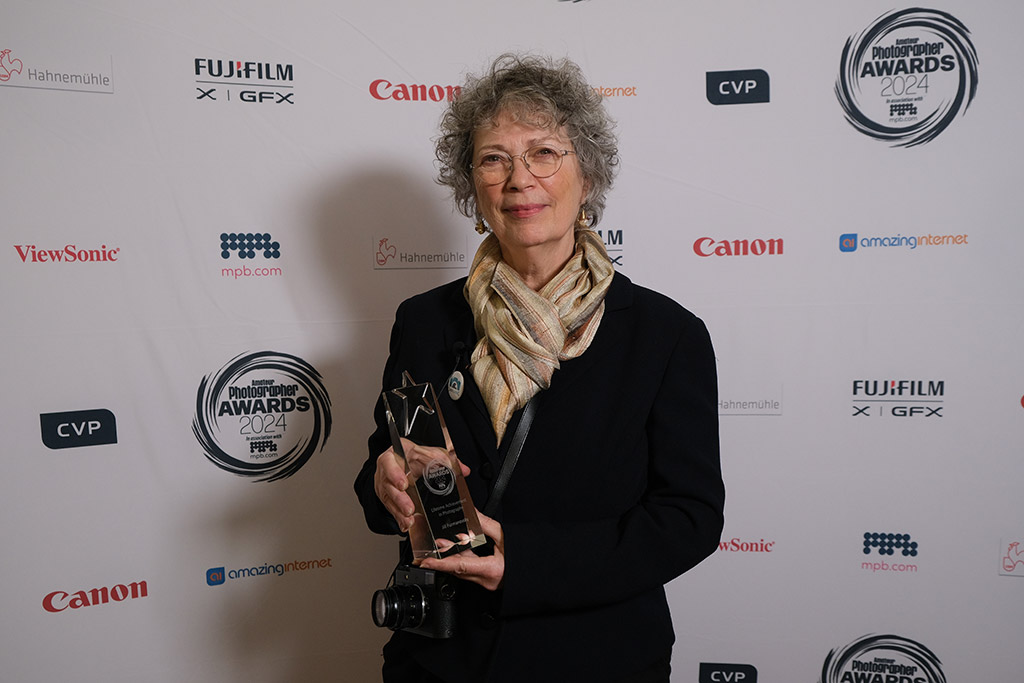
Rainbow rising
Jill’s first encounter with a rock star came in 1967, when she and a friend hung around outside Paul McCartney’s north London house until the great man made an appearance. Beatlemania snaps asides, Jill’s formal training in photography began in 1972 while studying textiles the Central School of Art and Design in London.
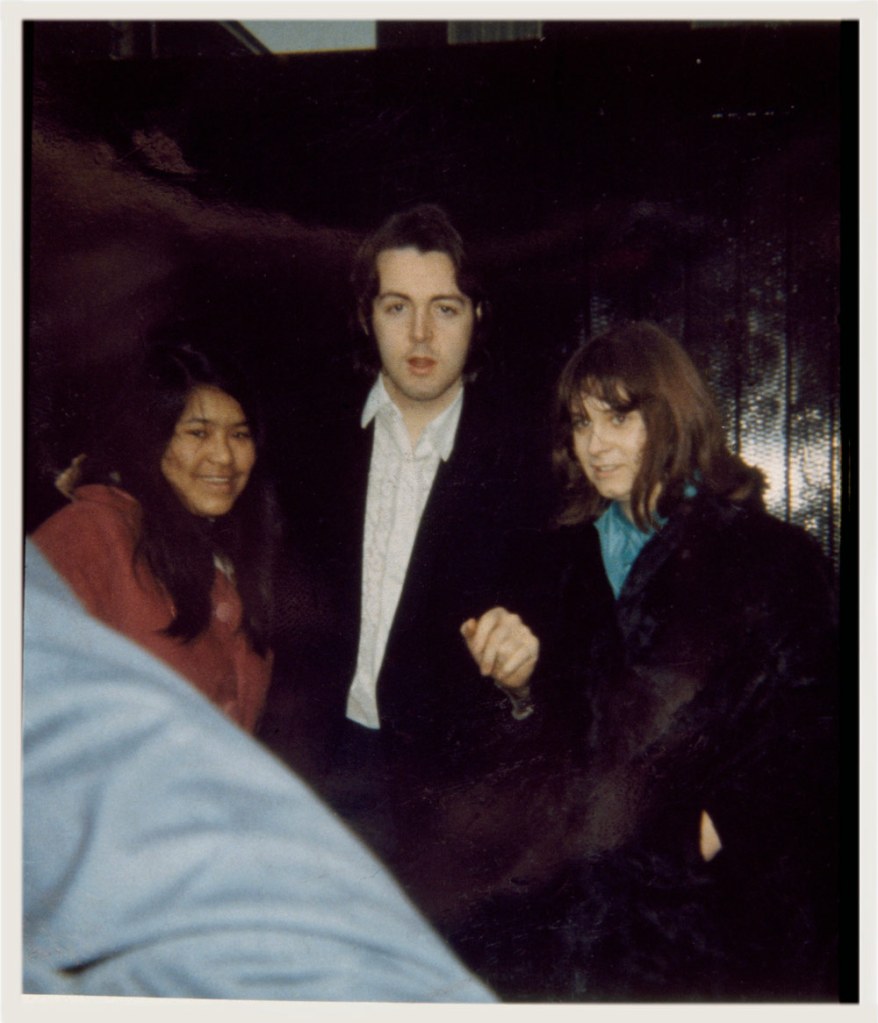
Part of the course involved a week-long photography taster, and being a young rock fan, Jill started taking the college camera to gigs at the Rainbow Theatre, then one of London’s most prestigious venues. ‘I think it was a Pentax K1000 or something and I’d learned the basics of exposure and how to develop black & white film.
During a gig by the prog rock band Yes, I noticed photographers were allowed down the front and thought I’d go down to get a better view. Nobody stopped me – they must have thought I was professional photographer as l had a professional camera. I got chatting to some other photographers at the show, one thing led to another, and I was offered the job of in-house photographer at the Rainbow. It was an unpaid job, but a prestigious one, and a great opportunity.’
Sink or swim
Jill had found her calling, and soon began contributing images to the music press, fine-tuning her craft as she went along. ‘Most of the other photographers at gigs were helpful, particularly the wonderful Michael Putland. Though one guy, who will remain nameless, would elbow me of out the way!’
Even with the advantages of modern digital cameras, good live music photography is a technical challenge, and back in the film days it was not for the fainthearted. ‘There was no autofocus and it was all manual metering. So you had to develop a feel for exposure, and then the spotlight or something would suddenly disappear. But I used to find shooting live gigs something of a meditation.’
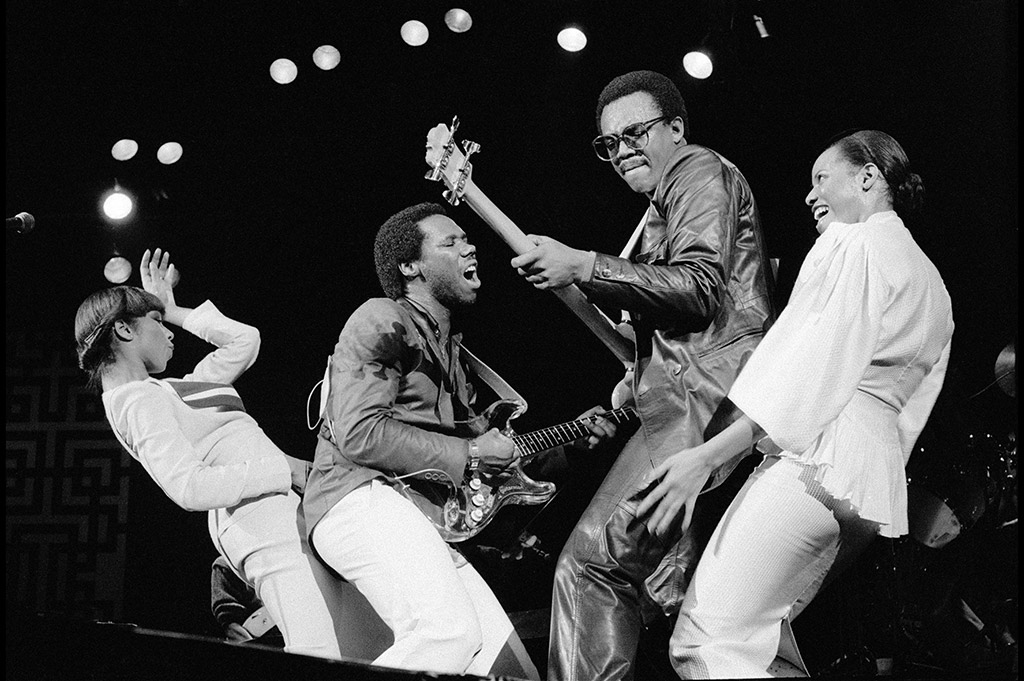
The early 70s was a golden age in rock music, and being a young female photographer presented Jill with another series of challenges. ‘As a woman, there were advantages and disadvantages. I had to learn how to navigate the managers, record company people, road crews and security. I was able to get into some places I might not have access to otherwise, but then I had to get out quickly, before some of the guys came on to you!’
All photos by Jill Furmanovsky…
Another challenge was dealing with the then-omnipotent music weeklies, notably NME and Melody Maker. ‘I’d leave a bundle of images on the picture editor’s desk and vanish… sometimes they’d have really good pictures from another photographer sitting there, and I’d leave feeling very dispirited.
The music press was very much a boys’ club back then and often I wouldn’t get a picture credit, even for a cover. I was told by Ray Coleman, the headmaster-like editor of Melody Maker, that I would get a credit when I deserved one! This all changed in the 80s, when photographers were often given bigger credits than the writers in The Face, for example. Anyway, by the end of the 70s I was shooting for all the music weeklies.’
During her early career, Jill moved from Pentax to Nikon film SLRs and lenses. ‘They were much better, more reliable, with much lighter, faster lenses.’ Another change came around 1974, when Jill graduated from only shooting gigs to taking images for features. ‘My first kind of photojournalistic job was a piece on Stevie Wonder, which was pretty nerve racking.
When I started working for The Face in the early 80s, editors wanted more of a fashion-shoot or Annie Liebowitz feel, so my editorial photography skills had to go up another level.’
Studio work and socialising
Jill ended up getting her own London studio, and learned fast. ‘I mastered the basics of lighting, and picked up things as I went along. To learn more, I even went along to a local camera club when they were taking shots of models in swimsuits,’ Jill wryly recalls. ‘From there, I went on to building my own sets and everything.’
There were lots of fine photographers connected to the music business in the 70s and 80s, but Jill’s people skills also helped her to stand out, particularly when it came to building relationships with bands and artists. ‘The first band I really worked a lot with was Pink Floyd. I got the the Dark Side of the Moon tour thanks to Storm Thorgerson, of the design agency Hipgnosis. He liked my pictures, booked me on the tour and my relationship with Floyd got stronger and stronger.
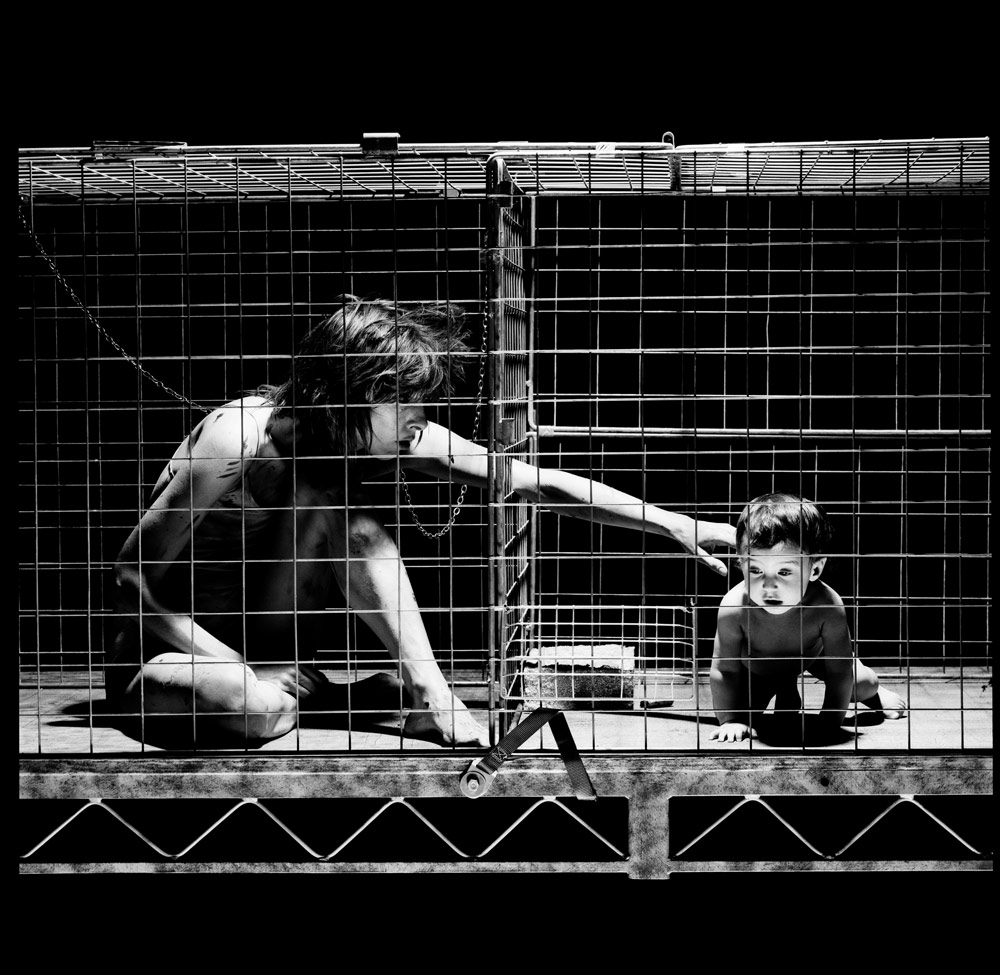
Then, through commissions you’d keep on bumping into artists, and it built from there. Madness is a good example, and I first met Chrissie Hynde in The 100 Club in London, before she’d even started The Pretenders. I got in with The Police from the beginning, too.’
Oasis: what’s the story
Jill’s studio-lighting prowess aside, she remains a photojournalist at heart, capturing decisive moments as they unfold. ‘I always have a 35mm camera handy,’ she affirms, pointing to her Leica. Jill’s also more than happy to acknowledge the debt she owes to other photographers, notably the influence of Irving Penn and Diane Arbus.
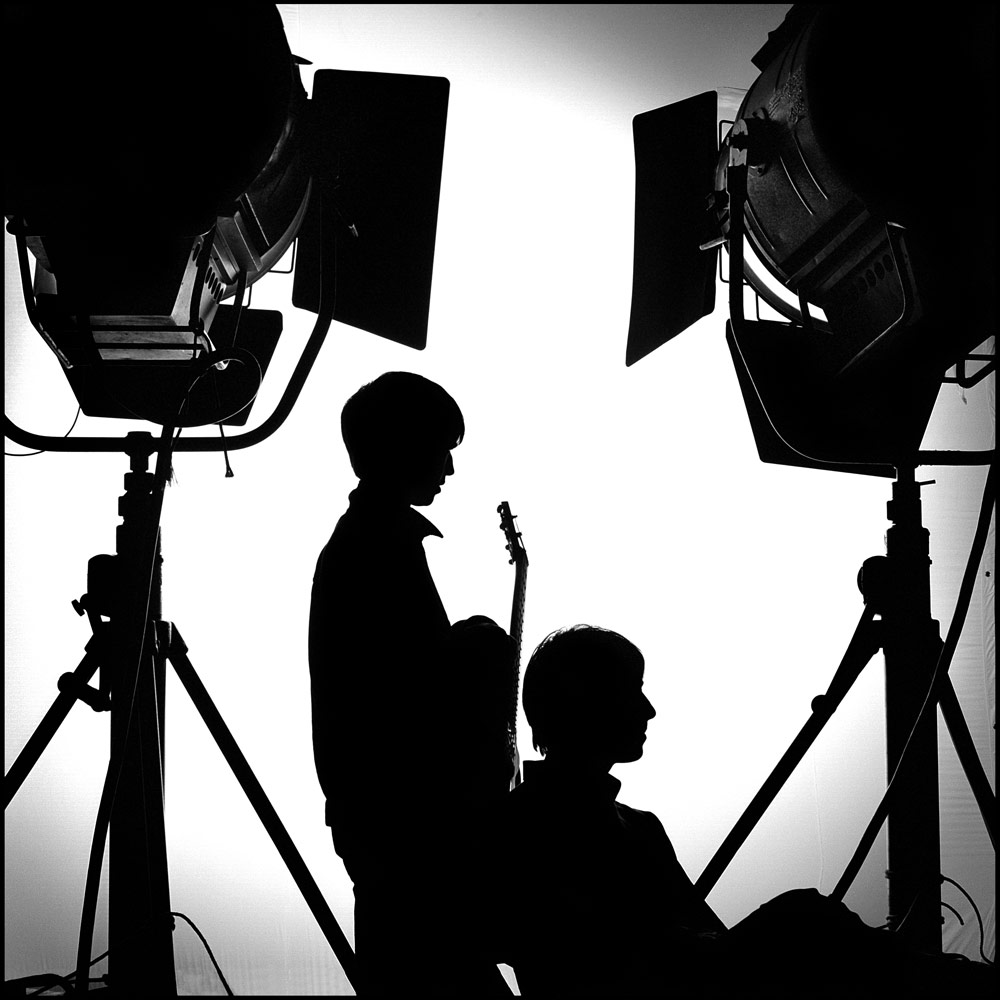
‘Penn’s book, Worlds in a Small Room, went with me everywhere. Eventually the pages started to fall out. I learned so much about studio portraiture from him, along with Richard Avedon. Diane Arbus was another big influence. Her work photographing twins came in very useful when working with Oasis!’
Jill’s close relationship with the turbulent Gallagher brothers marked another milestone in her storied career. ‘Noel in particular knew of my work, as did the people at Creation Records. They loved a lot of the bands I’d shot from the punk era, so it all built from there. I was in my forties when I started working with Oasis, they were like my Beatles.’
You gotta roll (of film) with it
Despite the band’s laddish reputation, Jill recalls it being very easy to fit in as a female photographer. ‘Oasis liked working with women.
They had a female tour manager, who was definitely the boss, a female truck driver, and then there was Liam and Noel’s mother, Peggy – a proper matriarch who they loved and respected.’
As mentioned, Jill’s admiration for Diane Arbus came in particularly useful when shooting Noel and Liam. ‘She also photographed slightly dysfunctional families! I found it interesting that this was a band fronted by brothers, who had a pretty turbulent relationship. I wasn’t fazed by this, however: it was something to be managed.’
Digital challenge
As the 90s petered out, Jill started to use digital cameras and it wasn’t an easy learning curve, as she’s the first to admit. ‘I found the transition process dreadful, though I got to grips with Photoshop right from the beginning. It took me a long enough to get used to a new camera, never mind a whole new way of working.
I still remember how I ended up shooting Oasis at Glastobury in 2004 in low-resolution JPEG mode , though to be fair I didn’t set the camera up myself.’
Fortunately, Jill surmounted the digital learning curve, though she admits to being baffled by her new mirrorless Canon. ‘It’s a Canon five or six something, I don’t know. Hopefully a Canon expert will come along and show me how to use it!’ Jill’s also tried her hand at film, shooting a video for Oasis, but remains at heart a stills person. ‘At one point I thought I’d have to go down the video route like Anton Corbijn, but I am happy to be known as a stills photographer.’
Archival quality
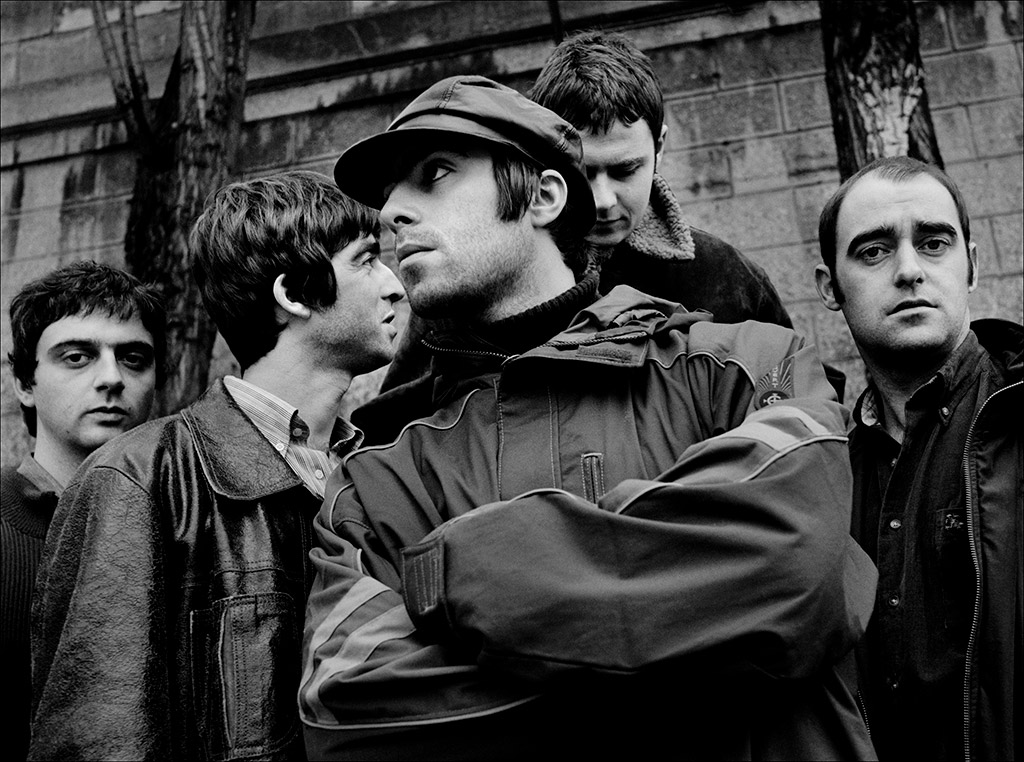
As well as her fruitful creative relationship with Oasis, the 90s were memorable for Jill as she set up Rock Archive, dedicated to celebrating the best in music photography.
‘I’d just done a big exhibition of Oasis images at the Roundhouse in 1998, on the cusp of the digital revolution. It was sponsored by Epson and it got me thinking that myself and other music photographers could do our own prints. I asked other people to contribute, and it grew from there.’
As Jill notes with some bemusement, she assumed by now there’d be a rock and roll museum in the UK. ‘Rock Archive is going strong, we sell prints and curate exhibitions, but it’s not some big money spinner – more like a shoestring company run by myself and a small team of enthusiasts.

That said, a lot of people have come to my recent exhibitions, opening up places like the Manchester Central Libraries to huge crowds. I find it strange that despite the massive interest in music in this country, there isn’t a museum or dedicated exhibition space.’
Be good – and diversify
Looking back on her 50-year career, Jill has much to celebrate, though she notes how hard it would be for her younger self to get started these days. ‘There used to be lots of ways to earn a living from photography, but it’s got harder and harder.
That’s not to say you can’t do it, however. My advice to any photographer is just be good, and try and diversify. There were periods back in the 80s when I had portfolios on industrial photography and fashion, as well as music. I even won a gardening photography award.’
Sitting here in 2024, it’s easy to forget how much technology has moved on since Jill started out. She is philosophical about the impact of AI on music and other forms of entertainment-industry photography, as artists and managers find it easier and easier to generate promotional images themselves. ‘I’m happy to learn more about AI and see how I can use it… let’s see how it unfolds.’
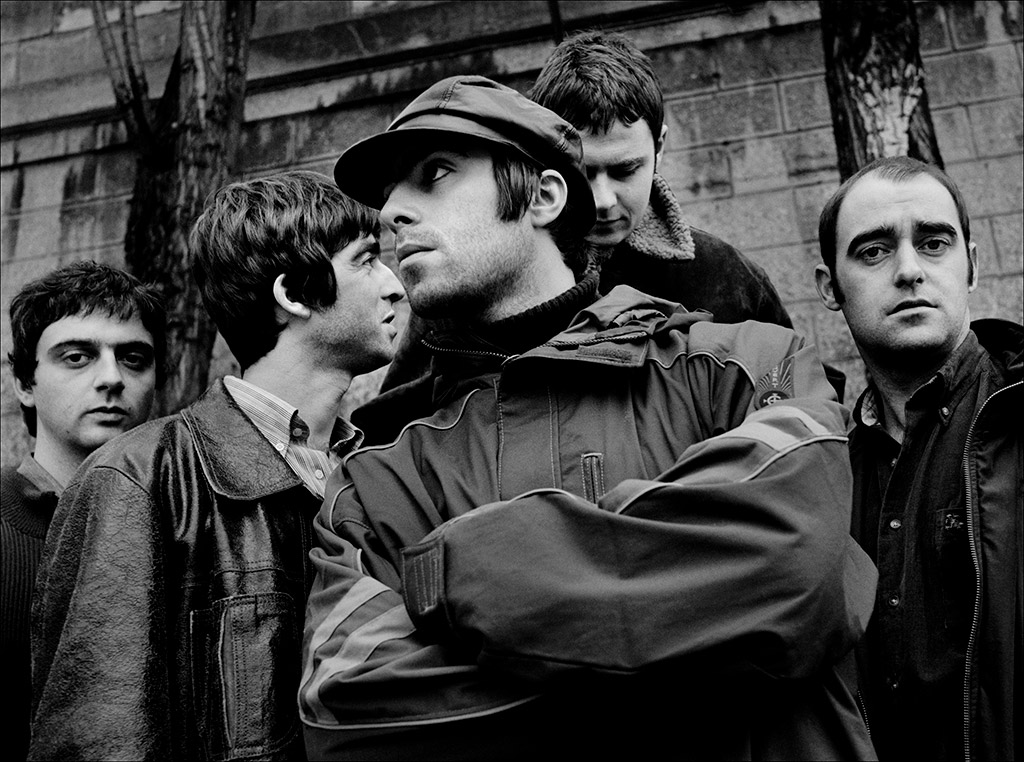
So, if push comes to shove, what are Jill’s favourite images from her current Photographing the Invisible retrospective exhibition at London’s Proud Gallery? ‘It’s a difficult choice, but definitely the shot of Oasis in Paris. Liam and Noel weren’t speaking to each other, and there are points in the image where their heads are touching, but they are just so far away from each other emotionally.
Then there is the image of Chrissie Hynde and my daughter when she was still very young, which has a lot of sentimental value.

‘Another favourite portrait is of the late Charlie Watts from the Stones. He was a wonderful man and I’m really proud that this picture won a Jane Bown award. I also love the picture of Amy Winehouse. I remember how fast that shoot was and how lovely she was. Her family still really treasure that image.’
Note: a selection of Jill’s images from her current Photographing the Invisible exhibtion will be on display at the Amateur Photographer stand at this year’s Photography Show. You can get 20% off a standard entry ticket using the code AMPHOTPS24.
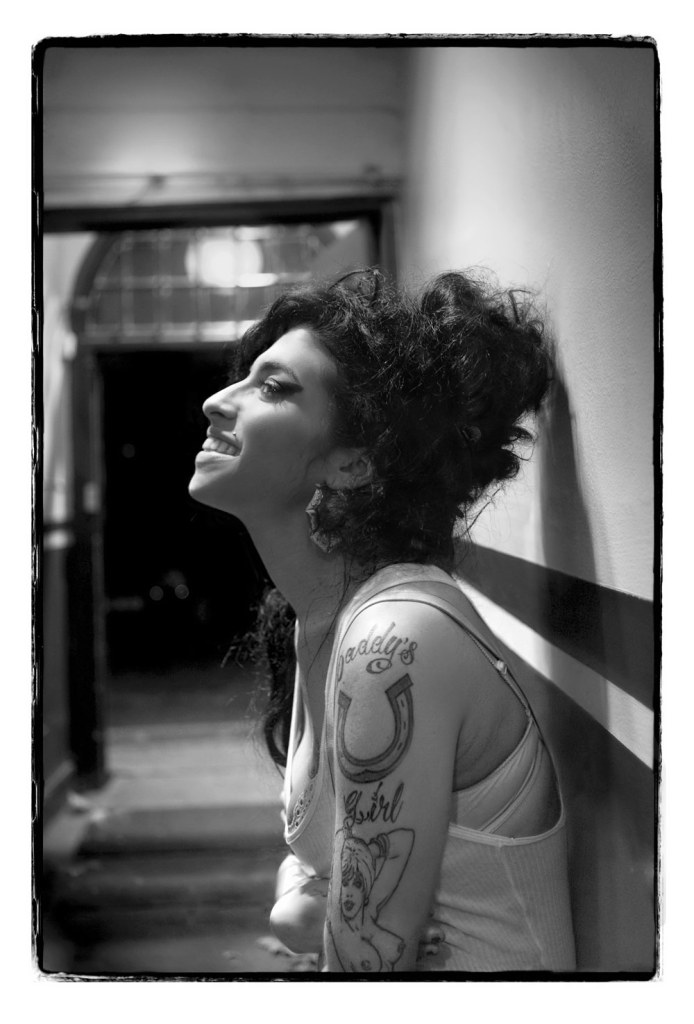
You can watch deputy editor Geoff Harris’s full conversation with Jill Furmanovsky on YouTube – please subscribe to AP’s YouTube channel for more great content.
Further reading
How to photograph gigs (by Iron Maiden’s official photographer)
Photographing Bruce Springsteen at Hyde Park with the Nikon Z8
Abbey Road Studios music photography awards







